6 big men succeed by changing business models
The venture capitalist from Y Combinator Paul Graham has come up with useful advice (still underestimated) for startups about common mistakes that often cause startups to fail. Unlike winning an Olympic medal - when the problem is already defined, starting a startup and doing science - you have to follow the trail to see where it will take you. Since then Graham has concluded that the worst thing about being a startup is that someone "has a good idea, knows that people will love and keep building no matter what happens." While there are many articles about successful startups, few mention the "surviving" and successful startups because of changing their strategies instead of trying to stick to the original goal . Here is a list of 6 businesses whose flexibility has brought them to a new level.
See also: 18 startup mistakes from founder Y Combinator
PayPal
Believe it or not, PayPal was born not an online payment service as we know it today. In her book, Founders at Work , Jessica Livingston has included information about interviewing PayPal founder Max Levchin. During the interview, Levchin revealed that PayPal's original intention was to become a cryptographic company , then become a method of transferring money through PDA - Personal Digital Assistant, supported digital devices. personal). After only a few years of trial and error (and overcoming many scams that nearly destroyed the entire company), PayPal realized that his "sweet spot" was becoming an online payment system.
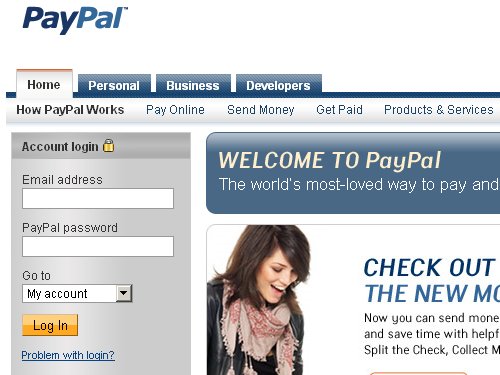 6 big men succeed by changing business models Picture 1
6 big men succeed by changing business models Picture 1 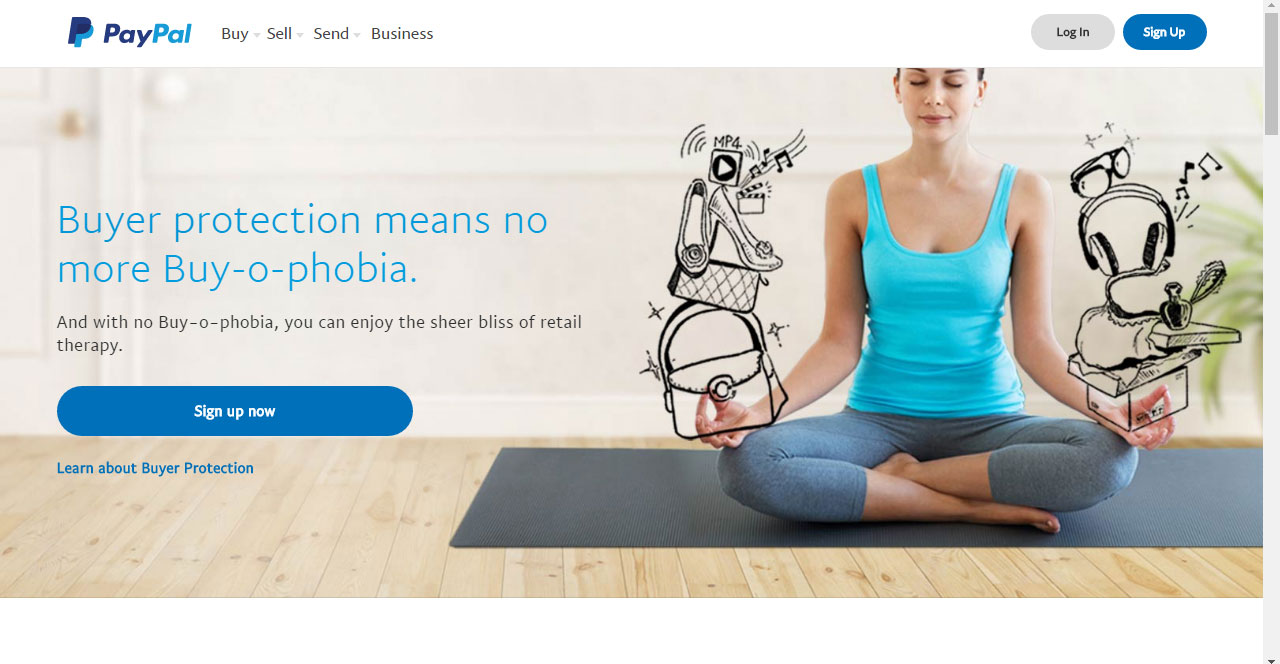 6 big men succeed by changing business models Picture 2
6 big men succeed by changing business models Picture 2
The conversion process is not easy and the company also has to consider continuing to follow the old way or change the business model many times.But in the end, the flexibility was proven and became the company's great asset . Founded in 1998, PayPal was quickly converted in time and officially released to the public in 2002, then acquired by eBay for $ 1.5 billion.
See also: Understanding the business model in just 2 minutes
At an early stage, Google has almost no specific business model . As Wired magazine editor and co-founder explained in his book, The Search , Google used to be a profitable business, groping to find a stable source of revenue. After making a bit of profit by selling search appliances to businesses and selling their own search technology to other search engines, Google has drastically changed its direction.
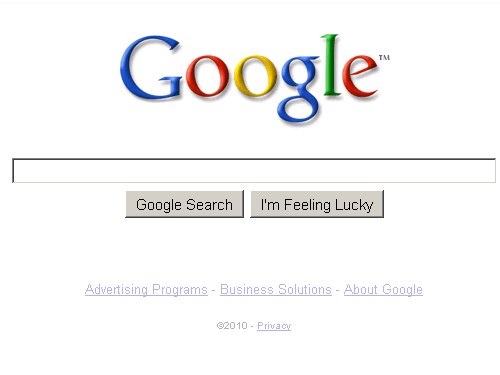 6 big men succeed by changing business models Picture 3
6 big men succeed by changing business models Picture 3  6 big men succeed by changing business models Picture 4
6 big men succeed by changing business models Picture 4
In 2003, the company launched an AdWords program - allowing businesses to buy ads when people search on Google.com. Almost after 1 night, Google jumped a big step, from a popular search engine to an advertising "saint" . In 2008, Google reported to the SEC that it had generated $ 21 billion in revenue from advertising alone. To this day, AdWords still accounts for a large part of Google's revenue and profit. AdWords also paved the way for other search engines, such as Yahoo's Search Marketing service and Bing's Bing .
In the early years, Facebook consisted entirely of college students. Unlike MySpace or Friendster apps of the time - trying to get as many users as possible from around the world, Facebook operates like a "secret society" , requiring users to have an email address. .edu tail can join. Many users like it, they prefer Facebook's monopoly over the "more and more fun" approach of other social networks.
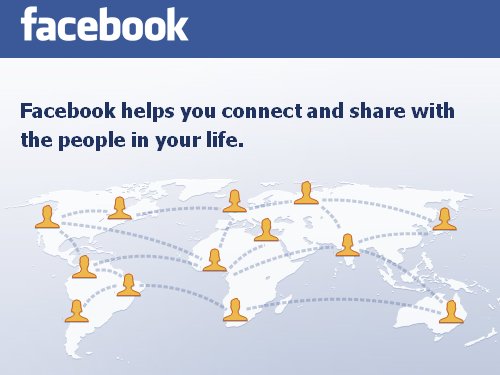 6 big men succeed by changing business models Picture 5
6 big men succeed by changing business models Picture 5  6 big men succeed by changing business models Picture 6
6 big men succeed by changing business models Picture 6
The problem is that Facebook cannot expand much if it only serves college students. So despite the objection, Facebook founder Mark Zuckerberg decided to expand the application to high school students in 2005. By 2006, Facebook had expanded to anyone who was 13 years or older and had 1 Valid email address. In general, the change strategy has been effective. The 2009 study, conducted by Compete.com, shows that Facebook is the most popular social network in terms of views and monthly visits. The company also sold 1.6% of its shares to Microsoft for $ 240 million in 2007.
Apple
From 1993 to 1997, Apple struggled to get a stable source of revenue, trying to market all products, from digital cameras to CD players or TVs, and failed. Steve Jobs was sacked due to internal conflicts and the company had to work hard to steer with short-term CEOs (including the one who headed Pepsi-Cola).Finally in 1997, Steve Jobs returned to the position of CEO and made a big change .
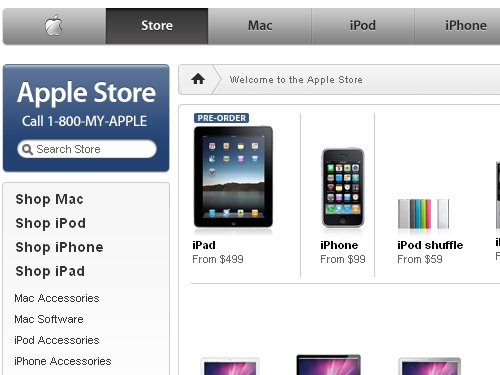 6 big men succeed by changing business models Picture 7
6 big men succeed by changing business models Picture 7 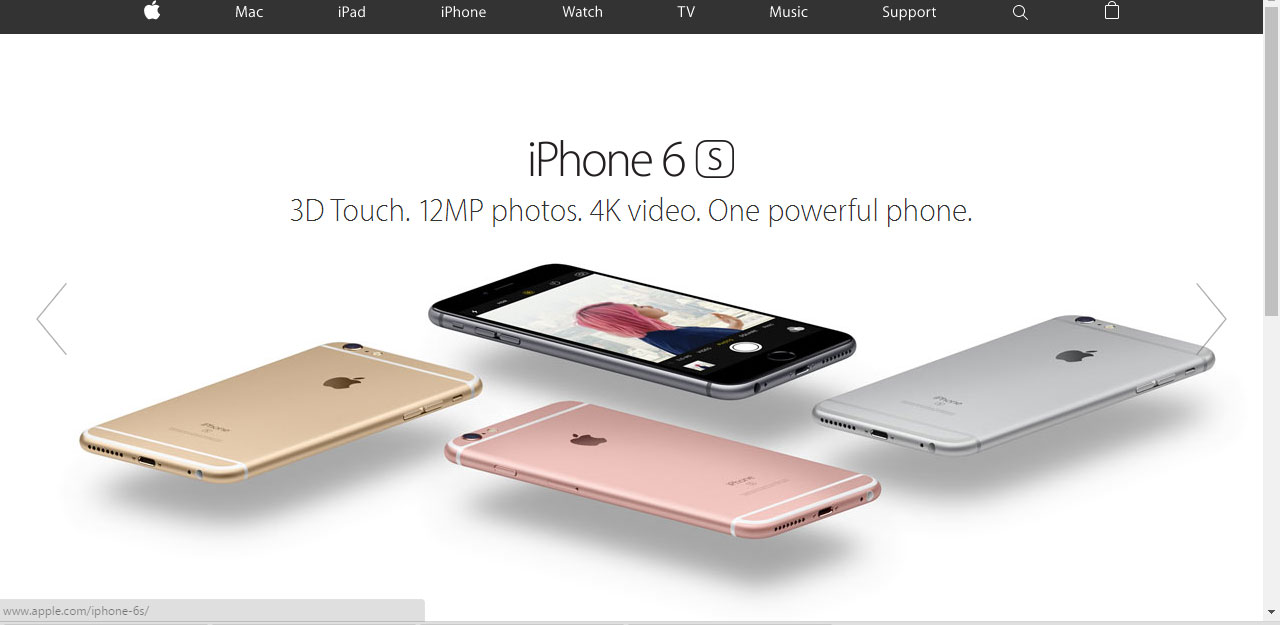 6 big men succeed by changing business models Picture 8
6 big men succeed by changing business models Picture 8
Instead of continuing to follow unproductive product ideas and leading to dead ends , Apple began to focus on the line of beautiful electronic products , starting with the iMac in 1998. Apple also acquired several tuning companies. video editing and other digital spaces, constituting the company's large customer base. iPod even brought greater success when it sold more than 100 million products within 6 years of its launch in 2001, according to BBC data . Another hit is that the iPhone also brings in an ever-increasing revenue, according to CNN Money. None of the above will be possible without a strong business model change.
YouTube
Initially, YouTube is a typical example of a startup with a business model approach: " We will think about it later" . When Google bought this popular video service in 2006 for $ 1.65 billion, Fox News's Shepard Smith said that ' YouTube doesn't even make a dollar ', even running In the middle of 2008, Forbes predicted that YouTube could only generate advertising revenue of $ 200 million that year, but in March 2010, Mashable said that YouTube's revenue was reaching $ 1 billion per year What has changed in this period is the dramatic transition in the business model and the overall strategy .
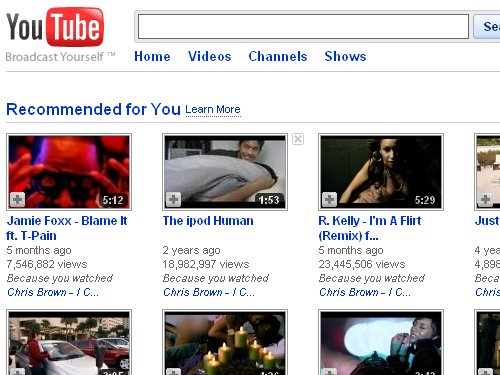 6 big men succeed by changing business models Picture 9
6 big men succeed by changing business models Picture 9 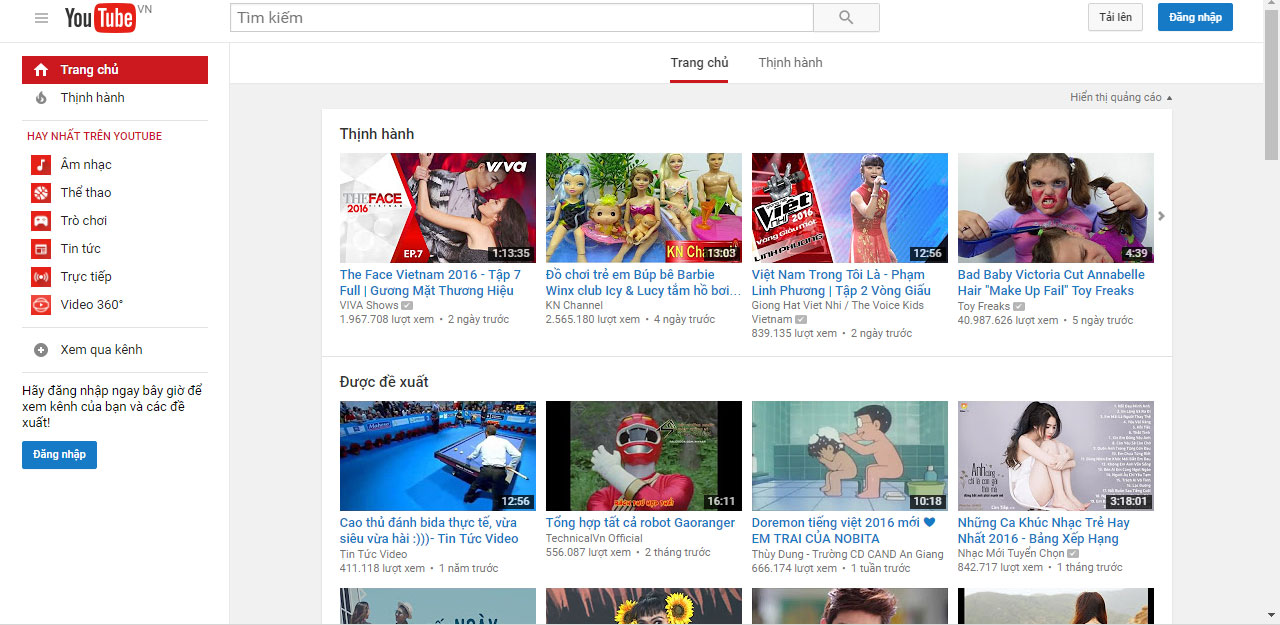 6 big men succeed by changing business models Picture 10
6 big men succeed by changing business models Picture 10
Initially, YouTube used a campaign to connect partner discount packages with paid service providers such as NBC, ABC or CBS. Much of YouTube's content, as described by Forbes in 2008, is " a bunch of messes hitting the eye to draw attention like the sound of children crying and the dogs bouncing in the pool ". YouTube has launched Partner Program, which allows users to share the revenue earned from their videos. As a result, Mashable revealed that Google CEO Eric Schidt believed YouTube could make a profit in 2010.
Napster
Most of us remember Napster as a P2P peer-to-peer converter that Shawn Fanning brought around 1999-2001. The key to its popularity is that users can easily search and share any song they want completely free. But Napster could only exist until 2000, when Heavy Metal Metallica band reported that their song I Disappear along with the entire catalog in the studio appeared for free download (later they did not release. it too). This led Metallica with rapper Dr. Dre immediately filed a lawsuit against the copyright-infringing company - then peaking at 26.4 million users in 2001 (according to Comscore data).
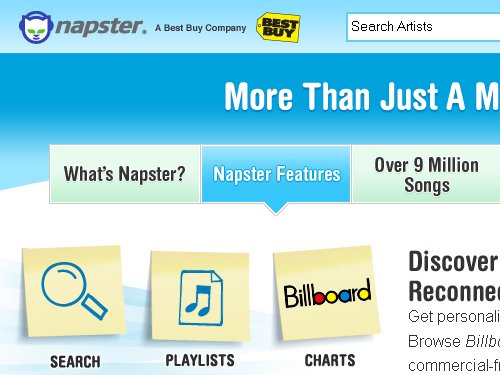 6 big men succeed by changing business models Picture 11
6 big men succeed by changing business models Picture 11 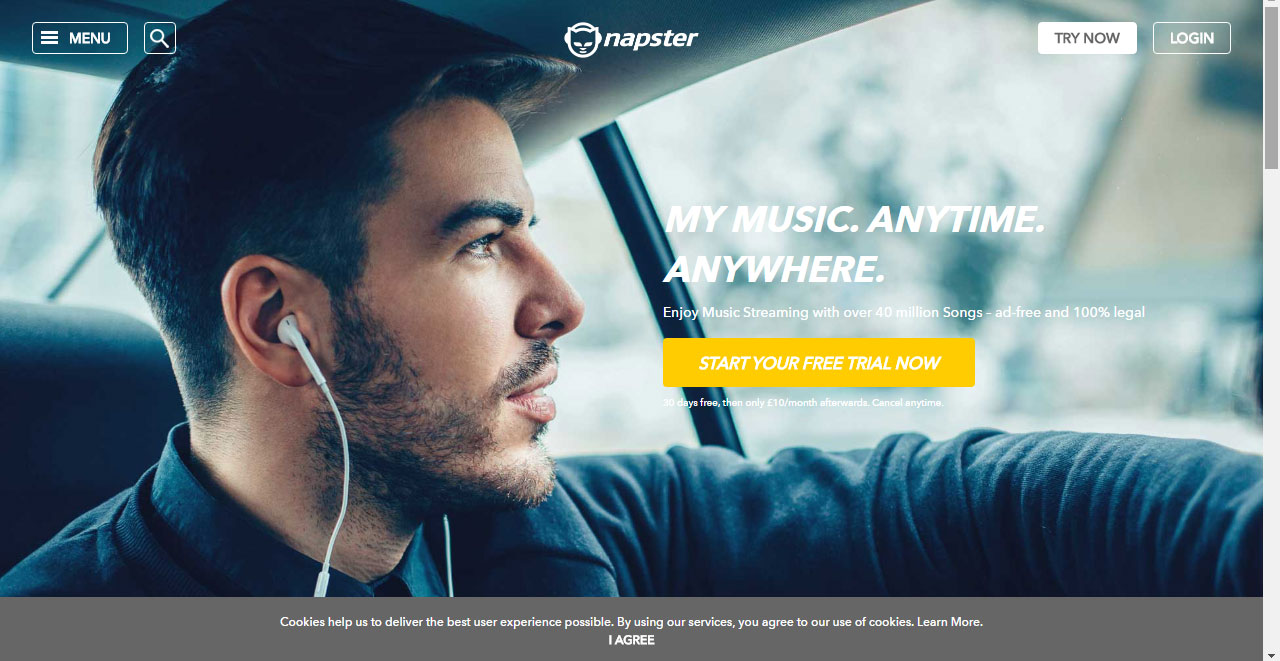 6 big men succeed by changing business models Picture 12
6 big men succeed by changing business models Picture 12
While Napster tried to resolve the case, two separate lawsuits from two record labels that led to a court ruling that Napster had to stop allowing users to exchange songs or have to close the website. German media giant Bertelsmann bought Napster for $ 85 million and continued to build it into a paid music download service.Following a completely new and paid business model is not easy with a completely free service, but this is effective . In September 2008, retail giant Best Buy bought Napster for $ 121 million, then continued to sell music from the catalog - it was already over 9 million songs.
It should also be added that other music sharing services are not as successful as Napster . Kazaa, for example, has since been a user-based service with nearly 100 million users on its most glorious days, trying to resist a paid model until no one is conscious. is it exists.
Conclude
Changing business strategy is not a surprise in the development history of these companies. In each case, the change unlocked new ways to seek revenue and profit, reached a level that it would never have been if it clung to the old model.Implementing such changes requires a vision to know that the current strategy is inconsistent with future opportunities and disciplines to implement essential changes in the business's vision.
You should read it
- Transformation of business model - from Pipe to platform (Platform)
- Understand the business model in just 2 minutes - Business Model Canvas
- Breeding strategy for the platform - solving chicken and egg problems
- How Pokémon Go earns money - Pokémon Go's business model
- Please download the My Business app from Google's own, free for small and medium enterprises in Vietnam
- Why Do I Need a Business VPN in 2022?
- 20 best YouTube channels for business lovers
- HP Elite Dragonfly, a new business laptop model with many notable advantages
- Growth Hacking growth strategy - Part 1
- Instructions for creating Business Card in Photoshop
- 10 motivational statements to start a business
- How to Open a Car Wash Business
May be interested

Adaptation index (AQ) and strategy to help management leaders change

A simple way to know how your boss thinks about your performance

5 ways to deal with bad people

5 jobs that you should do before you want to start a business

5 serious illusions that any entrepreneur should avoid

Internet of Things - opportunities and challenges for businesses






 10 reasons why you never succeed
10 reasons why you never succeed Connecting with 4 types of people will help you succeed faster
Connecting with 4 types of people will help you succeed faster 8 reasons why you want to succeed in business, don't let 'me' overwhelm
8 reasons why you want to succeed in business, don't let 'me' overwhelm Transformation of business model - from Pipe to platform (Platform)
Transformation of business model - from Pipe to platform (Platform) Say no to these 6 things, your life and work will completely change
Say no to these 6 things, your life and work will completely change 15 habits that help you increase your creativity and performance at work
15 habits that help you increase your creativity and performance at work